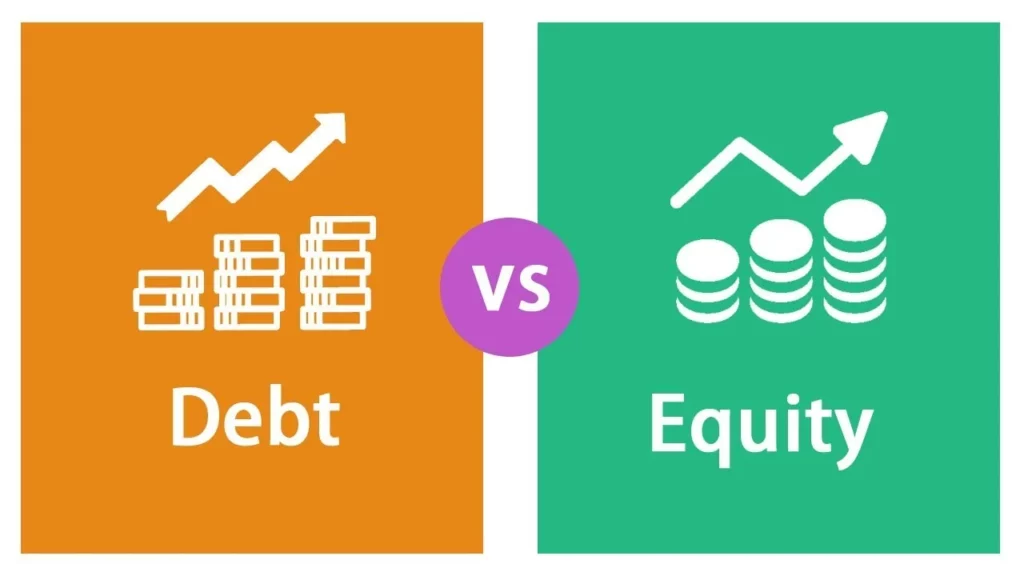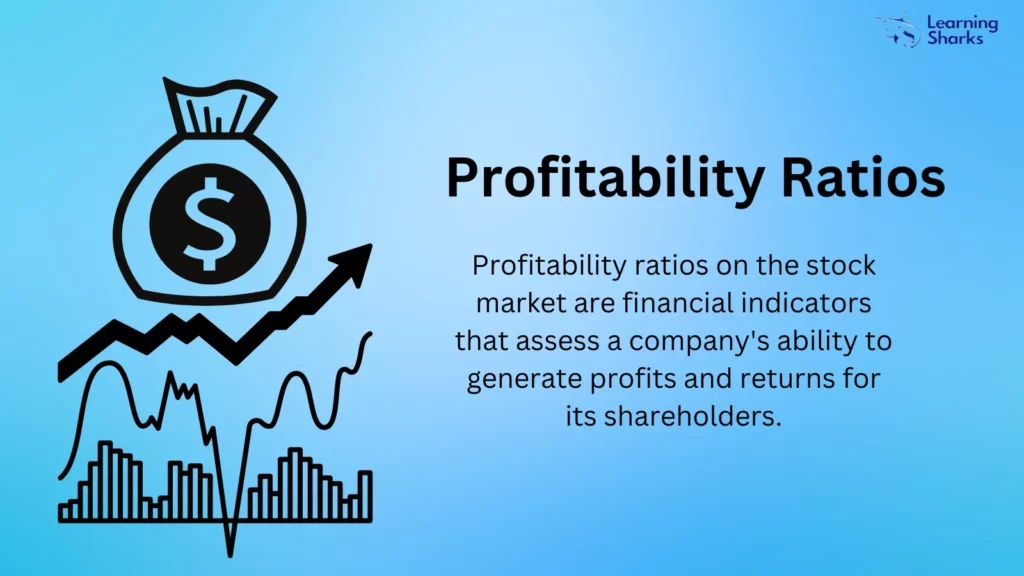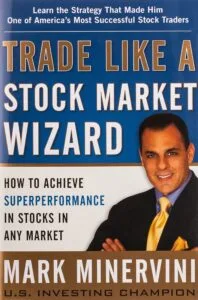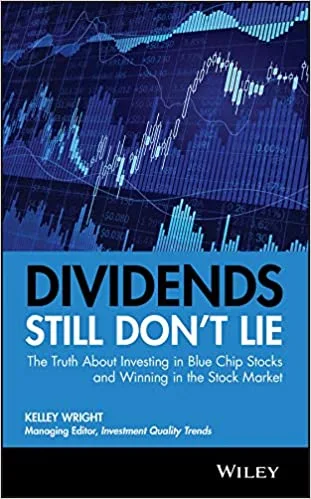
India’s online trading is about to undergo a revolution. Online stock trading is about to undergo a transformation powered by cutting-edge technology. You can now invest in any asset class with a click, whether you’ve been investing for a while or are just a casual trader.
What is Online Trading?
Online trading is the practice of purchasing and reselling financial instruments or instruments over a networked computer. It enables individual traders and investors to engage in financial market activity without being present in person at a conventional brick-and-mortar trading location.
How to Start Online Trading in India?
Listed below are the simple 4 steps to start online trading and begin with your investment journey in stock market –
- A) Selecting a stock broker – A stock broker is a participant in a depository who mediates transactions between investors and stock exchanges. In order to use online trading platforms and store the purchased shares, a stock broker offers the ability to open a Demat and Trading Account. In India, there are two different kinds of brokers: full-service brokers and discount brokers (described below). “Brokerage charges” are the fees that brokers always impose as fees. A discount broker charges a flat fee regardless of the number of trades, while full service brokers charge fees based on the volume of trades. You must consider all applicable fees and brokerage costs when choosing a broker.
- B) Open a Demat & Trading Account – After choosing a broker, you must open a trading account and a demat account. Each broker has a different process for opening an account. Thanks to technology, opening an online demat account is now simple and hassle-free. Once all of your information has been verified, you can activate your account in just a few hours after filling out your personal information, providing documents, and adding bank information.
- C) Understanding Online Trading Platforms – Understanding their trading platforms comes after selecting the best broker and setting up your demat account. These days, many brokers offer a variety of trading platforms for the stock market, including downloadable software, desktop and browser-based software, mobile trading apps, etc. Go through them all and choose the one you believe is simple to use wherever you are. With features to trade in stocks, mutual funds, commodities, and currencies, 5paisa offers a fantastic mobile trading app that can be used at any time, anywhere.
- D) Start Trading Online – You are now all set to begin trading and gain experience in online trading. You can conduct your research using these potent trading platforms and learning the fundamentals of the stock market. Examine the stocks that are trending, add them to your watchlist, and keep up with news about them. Your buy/sell orders can be placed after you’ve decided on a share.
Is it Safe to Trade Online?
Here are some safety measures to keep you safe and worry-free so that you can focus on investing in the right places:
1. Know Your Stock Broker
Make sure your online trading platform has been thoroughly researched. Do thorough research and be sure to pay attention to any warning signs before disclosing any of your personal information. The list of DEMAT account providers is available on the NSDL and CDSL websites.
2. Enter the Web Address Manually
Enter the website address of your online trading platform manually into the address bar to avoid visiting a fake or similar website made by con artists.
3. Go through the privacy policy document
The lengthy and tedious policy terms are frequently skipped by many investors. However, you can save yourself a lot of unanticipated trouble when it comes to online trading by carefully reading the privacy policy’s clauses.
4. Check for SSL Protection
The online stock trading platform is secured by a Secure Socket Layer or SSL Certification if the address bar displays a small padlock icon.
FOR MORE INFO CLICK THIS SITE:https://learningsharks.in/
FOLLOW OUR PAGE:https://www.instagram.com/learningsharks/?hl=en





















